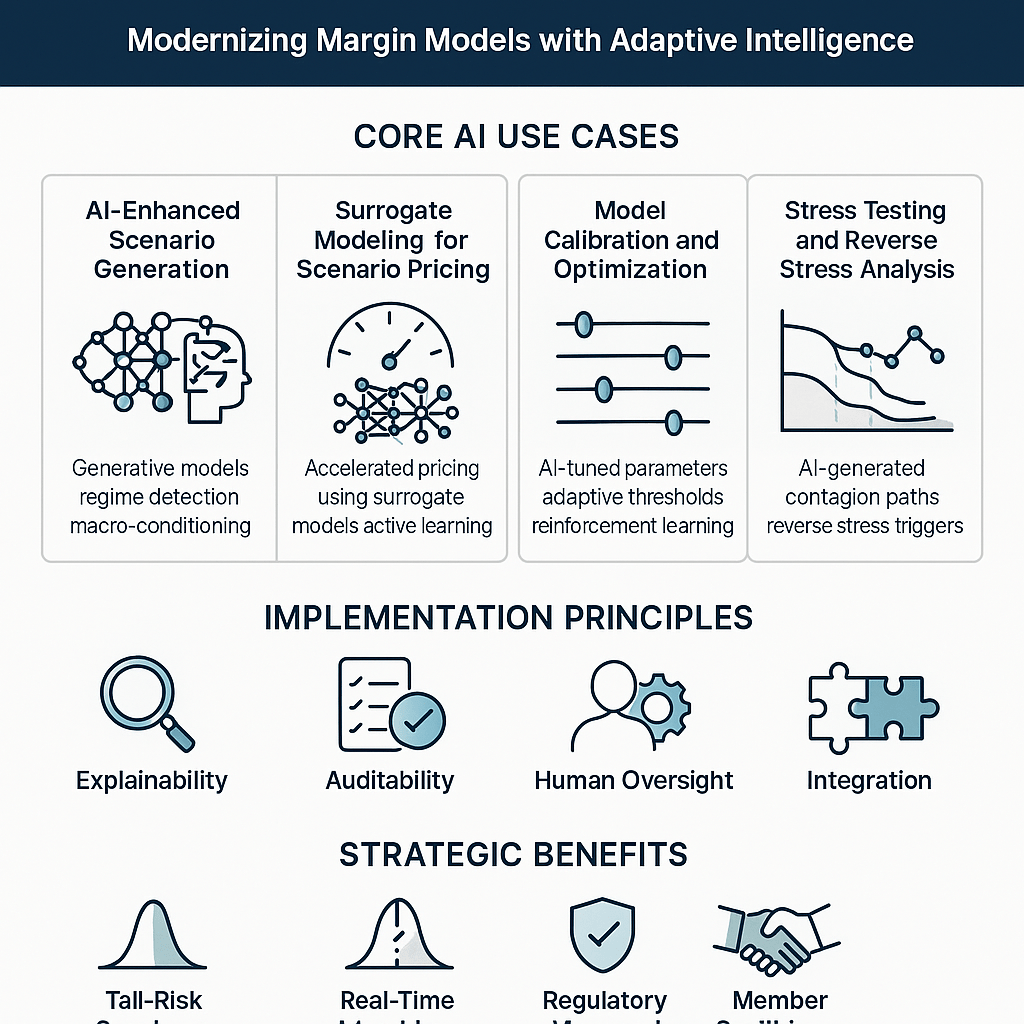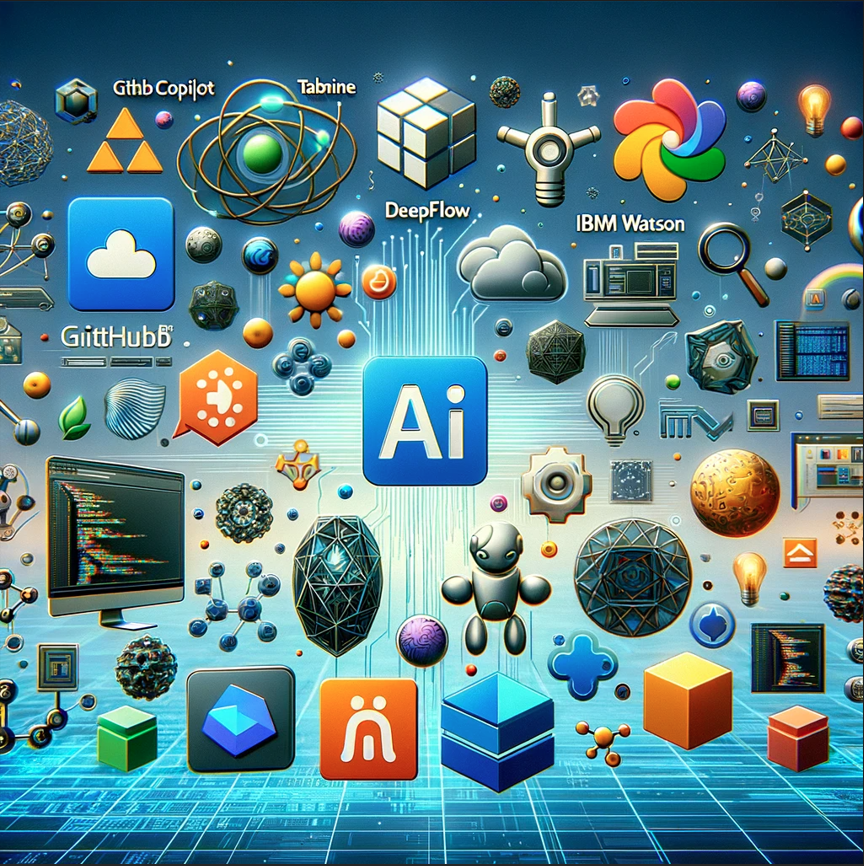The world of software development is changing rapidly, and AI-enabled no-code, low-code platforms are playing a key role in this transformation. These platforms use artificial intelligence to make it easier for people to create software applications, without needing to write any code. The global no-code, low-code market is growing rapidly, and it’s expected to reach $257.9 billion by 2026. In this blog, we’ll explore what AI-enabled no-code, low-code is, its benefits, examples, potential limitations, and its growing market.

What is AI-enabled no-code, low-code?
AI-enabled no-code, low-code platforms are software development tools that enable users to create software applications without writing any code. They provide a drag-and-drop interface and pre-built components and templates that make it easier and faster to build applications. These platforms can be used to create a wide variety of applications, including business applications, mobile apps, web apps, data science applications, and machine learning applications.
How AI is used in no-code, low-code platforms?
AI is used in no-code, low-code platforms in various ways. For instance, AI can automate repetitive tasks, provide recommendations for workflows, or even automate testing. Additionally, AI can provide users with intelligent suggestions based on their use of the platform, making it easier to build complex applications.
Benefits of AI-enabled no-code, low-code
The benefits of AI-enabled no-code, low-code platforms are numerous. Some of the most significant benefits include:
- Increased productivity: By eliminating the need to write code, businesses can save valuable time and resources. This enables teams to focus on other areas of the business, which increases productivity.
- Improved quality: Pre-built components and templates reduce the risk of errors and bugs in software applications, improving the quality of the final product.
- Reduced costs: With AI-enabled no-code, low-code platforms, businesses can save money by eliminating the need to hire expensive software developers.
Examples of AI-enabled no-code, low-code platforms
There are many AI-enabled no-code, low-code platforms available on the market today, including:
- OutSystems: OutSystems is a platform that enables businesses to build web and mobile applications quickly and easily.
- Mendix: Mendix is a low-code platform that allows businesses to create and deploy applications in a matter of weeks.
- Appian: Appian is a platform that provides users with pre-built components and templates to create business applications.
- Knack: Knack is a platform that enables users to create custom database applications.
- Quickbase: Quickbase is a platform that allows businesses to create custom applications for project management, CRM, and more.
Potential limitations of no-code, low-code platforms
While no-code, low-code platforms are a powerful tool, they may not be suitable for all use cases. For instance, more complex applications may require technical support, and pre-built components and templates may be limiting for some applications. Therefore, it’s important to evaluate whether a no-code, low-code platform is suitable for your use case before investing in one.
Conclusion
AI-enabled no-code, low-code platforms are transforming the software development industry by providing businesses with a way to create software applications quickly, easily, and affordably. As the market for these platforms continues to grow, businesses of all sizes will be able to take advantage of the benefits they offer. However, it’s important to evaluate the limitations of these platforms before investing in them.



